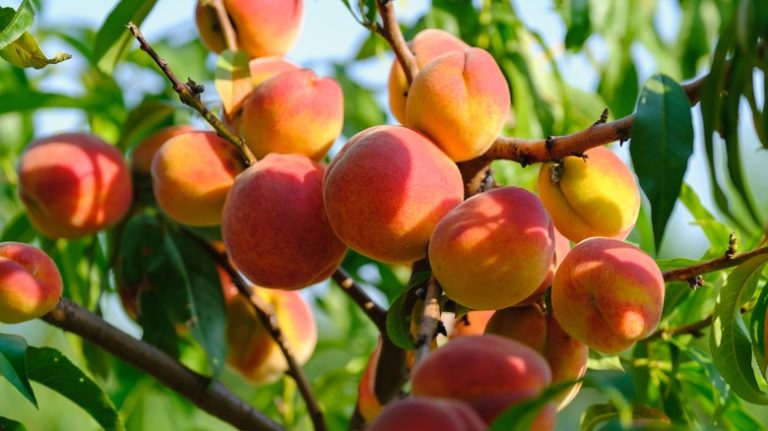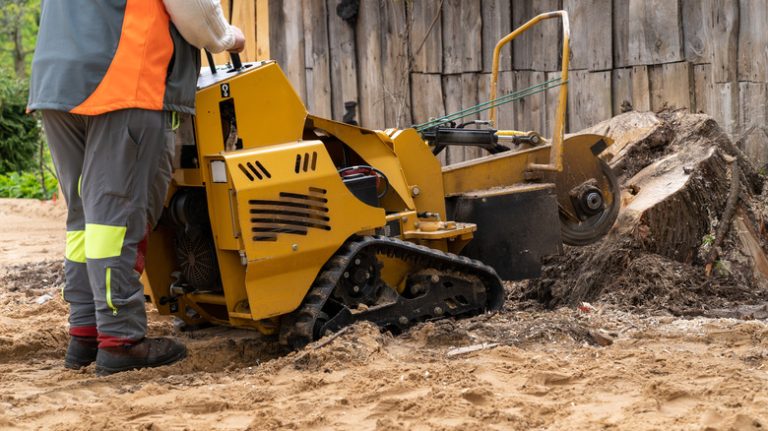If you are looking for a beautiful and vibrant tree to add to your outdoor space, the Potted Japanese Maple may be just what you need. This stunning tree can be grown in a container, making it perfect for small patios, balconies, or any space where you want to add a touch of color and nature.
One of the great advantages of growing a Japanese Maple in a container is that you have much more control over its growth and shape. You can choose a planter that is just the right size for the tree, allowing it to mature and thrive within the constraints of the container. This also makes it easier to move the tree to a more suitable location, depending on the amount of sunlight or shade it requires.
The Potted Japanese Maple, also known as Acer palmatum, is a deciduous tree that is highly valued for its stunning foliage and colorful display. It has a slow and stable growing habit, which makes it very suitable for container gardening. The tree can grow to be roughly 10-25 feet tall, depending on the variety, and its delicate leaves can range in color from vibrant green to deep red or yellow.
When it comes to the care and culture of a Potted Japanese Maple, there are a few important details to keep in mind. First, ensure that the tree is planted in a well-draining soil mix, as waterlogged roots can lead to root rot and other issues. The tree should be watered regularly, but avoid overwatering as this can lead to waterlogged soil. To know if your tree needs to be watered, simply touch the soil with your finger. If it feels dry to the touch, it’s time to water.
Another important aspect of caring for the Potted Japanese Maple is pruning. Regular pruning is essential to maintain the tree’s shape and to promote healthy and vibrant growth. Pruning can be done once or twice a year, depending on the desired shape and size of the tree.
Whether you are a seasoned gardener or just starting out, the Potted Japanese Maple is a great tree to have in your collection. Its stunning foliage, vibrant colors, and compact size make it a popular choice for containers and small spaces. With a little bit of care and attention, you can enjoy the beauty of this tree for many years to come. If you are interested in growing a Potted Japanese Maple, be sure to contact a local nursery or gardening expert for more information and guidance on how to get started.
growing japanese maples in containers
Growing Japanese maples in containers is a popular choice for urban gardens or smaller spaces. These beauties can be grown in pots on balconies, patios, or courtyards, adding a touch of elegance and beauty to any garden or home.
Japanese maples, also known as Acer palmatum, come in a wide array of colors and textures, making them one of the most popular choices for potted plants. Whether you go for the brilliant red foliage of Acer palmatum ‘Mikazuki’ or the stunning growth of Acer japonicum ‘Aconitifolium’, these maples are sure to be a show-stopper in your container garden.
When it comes to growing Japanese maples in containers, the first thing to consider is the right potting soil. Make sure to use a well-draining soil mixture that retains moisture without getting overly soggy. This will ensure that your maple thrives and doesn’t suffer from root rot.
Location is also important. Japanese maples prefer partial shade, so choose a spot that receives morning sun and afternoon shade. This will protect the delicate foliage from scorching and prevent the leaves from drying out in the hot summer sun.
Watering is crucial for potted Japanese maples. Make sure to water them regularly, especially during dry spells. Keep an eye on the soil moisture and make adjustments as needed. However, be careful not to overwater, as soggy soil can lead to root rot.
As these maples grow, you may need to repot them into larger containers. This is especially true for faster-growing varieties. It’s best to do this in early spring before new growth starts. Choose a pot that is slightly larger than the previous one, and make sure it has good drainage.
Japanese maples can be grown as a single specimen in a pot, or they can be combined with other plants to create a beautiful container garden. Consider companion plants such as Pinus mugo ‘Harp’ or ornamental grasses to enhance the overall look and add interest.
One of the benefits of growing Japanese maples in containers is that they can be moved around for optimal placement. If the wind is too strong in a particular area, simply move your potted maple to a more sheltered spot. This flexibility allows you to have a stunning garden display without the hassle of planting them in the ground.
Whether you have a small balcony or a sprawling urban garden, growing Japanese maples in containers is a fantastic way to enjoy these stunning trees. With the right care and attention, your potted maple will thrive and become a focal point in your outdoor space.
If you are looking to add a touch of elegance and beauty to your garden, consider growing Japanese maples in containers. These graceful trees will bring color, texture, and a sense of tranquility to your outdoor space. Enjoy the beauty of Japanese maples without having to worry about them taking over your garden.
For more information on growing Japanese maples in containers, including specific care details and tips, contact your local gardening center or horticulturist. They will be able to provide you with the best advice tailored to your specific location and growing conditions.
SOME JAPANESE MAPLES SUITABLE FOR CONTAINER CULTURE
Japanese maples are beautiful trees that can be grown in pots and containers. They are suitable for growing in a variety of zones and can thrive in almost any climate. When potting a Japanese maple, it is important to choose the right soil and pot size, as well as consider the best pruning techniques.
One of the most popular container-grown Japanese maples is the Acer palmatum. It is a small tree that can grow up to 10 feet tall and has vibrant, brilliant leaves in various shades. Another option is the Acer japonicum, which has a more delicate and lace-like leaf texture.
To achieve the best growth in a potted Japanese maple, it is important to provide a stable environment. This includes choosing a pot with good drainage, using high-quality potting soil, and ensuring the tree has enough room for its roots to grow. Pruning is also necessary to maintain the desired shape and size of the tree.
In urban environments, where space is limited, container-grown Japanese maples are perfect for patios and balconies. They can be grown in smaller pots and still display their beauty. The smaller size also makes them easier to care for and move around as needed.
When planting a Japanese maple in a pot, it is important to consider the specific needs of the tree. Some varieties, such as the Acer mikazuki or Acer koto no ito, require more shade and protection from wind. Others, like the Acer shaina or Acer harp, can tolerate full sun and wind better.
The flexibility of growing Japanese maples in containers also allows gardeners to choose the best soil for their specific needs. While most Japanese maples prefer well-drained soils, some varieties, like the Acer pinus or Acer wont stop, can tolerate heavier clay soils.
In caring for a potted Japanese maple, it is important to water the tree regularly, especially during dry periods. Fertilizer should also be applied according to the tree’s specific needs. Additionally, regular pruning can help maintain the shape and health of the tree.
Overall, Japanese maples are beautiful trees that can thrive in containers and add a touch of elegance to any space. Whether you have a small balcony or a large patio, these container-grown beauties are worth considering for their vibrant colors and unique leaf textures.
Potted Japanese Maple
A potted Japanese maple is a popular choice among gardeners who want to bring the beauty of this elegant tree to smaller spaces. With its vibrant green or variegated leaves and strikingly delicate foliage, the Japanese maple can add a touch of brilliance to any garden or patio.
When potting a Japanese maple, it is important to make sure the container meets the tree’s needs. Most Japanese maples will be happy in a container that is roughly one third the size of their mature root system. This ensures that the tree has enough room to grow, while still maintaining a compact shape.
For potting, it’s best to use a well-draining soil mixture that consists of equal parts organic matter, such as compost, and pumice or perlite. This creates a stable soil structure that allows water to flow freely and prevents root rot. Japanese maples can be watered regularly, but be sure not to overwater as this can lead to root suffocation.
Japanese maples thrive in partial shade, though some varieties can tolerate full sun. They prefer to be watered consistently, but not excessively, and will benefit from a stable watering schedule. In terms of temperature, Japanese maples are hardy and can tolerate most climates, but it’s important to protect them from extreme cold or heat.
Caring for a potted Japanese maple is relatively easy, making it suitable for both experienced and novice gardeners. With proper care and attention, your potted Japanese maple will fill your garden or patio with its brilliant coloration, achieving a harmonious and tranquil atmosphere.
So why wait? Get started with your very own potted Japanese maple and enjoy the beauty it brings to your outdoor spaces. Whether you have a garden, patio, balcony, or courtyard, a potted Japanese maple is sure to add a touch of elegance to any setting. Contact your local nursery or garden center to find the best selection of Japanese maple plants for your needs.

